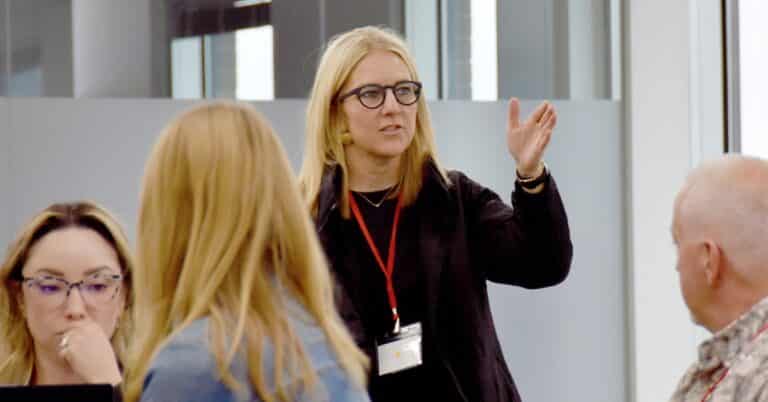The difference between a 1, 2, 3 and 4 on a proficiency scale isn’t like the A – F grading scale, and that can present a unique challenge for educators and learners. Liz Bjerke, an educator in Northern Cass School District 97 in Hunter, North Dakota, has been teaching family and consumer sciences for five years and wanted to find a way to illustrate content mastery for her students.
“I’m a very visual person, so I do a lot of demos in my cooking and sewing classes,” Bjerke explained. “Kids latch on to the visuals to help them understand the concept better. I thought if I helped them to visualize the proficiency scale with something they could relate to, they’d be able to understand where they are.”
Bjerke’s solution was to visualize the proficiency scale as the process of baking cupcakes.
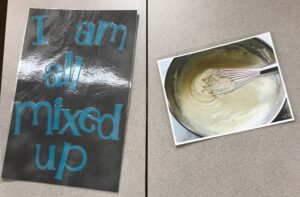
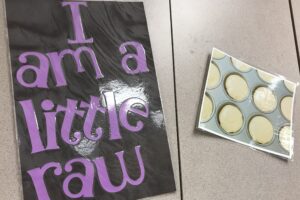
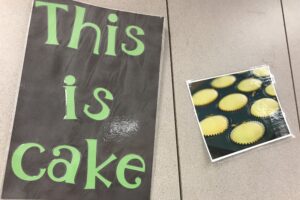
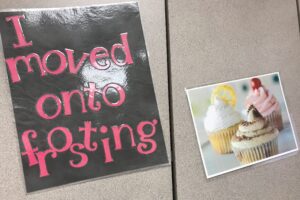
One of the challenges Bjerke’s students experienced was not being able to understand why they hadn’t received a 4 – something we’ve encountered in our work in various districts with standards-based grading. Helping students – and their parents and community members, too – understand that a 4 does not equal an A is a big step in demonstrating the impact of personalized, competency-based learning.
“If you bake a cake, it’s finished at a 3. It’s done baking,” said Bjerke. “I tell my students that, ‘I know that you understand this standard at a 3, but you’ve got to go above and beyond, put the icing on the cake.’ If I served you a cake without frosting, would you eat it? Of course! But it’s better with frosting. You’re still baking at a 3, and that’s okay.”

Standards-based grading doesn’t just have the potential for adorable baking metaphors. For Bjerke, it also better ensures that grades are an accurate reflection of what students know and know how to do.
“It’s taken the subjectivity out of grades,” Bjerke said. “It’s made me focus on what does a student really know, versus the background stuff that gets in the way. I can look directly at the standard and ask, can they do this one specific thing? It’s also helped students understand, too, why they’re receiving the scores that they do.”
In addition to grading on specific standards, Northern Cass educators can also reflect with students on their habits of work, allowing them to look at and measure things like creativity, organization and work ethic – instead of having those things averaged in with a class grade.
“We want our students to assess not only whether or not they know the standard, but how am I as a human? You need to be a good human. That’s my goal as a teacher,” said Bjerke, who appreciates the opportunity to grade her students separately on their knowledge and their life skills. “We’re able to see our students more for who they are than just what their grade is.”
Looking for other ways to illustrate stands-based grading? Dan Brant, principal of the Early Childhood Center in Kenowa Hills, Michigan, uses geese in his illustration. And there’s nothing silly about that!
This was written by former Senior Manager of Communications Jillian Kuhlmann.
